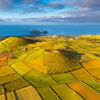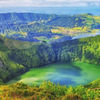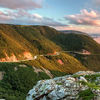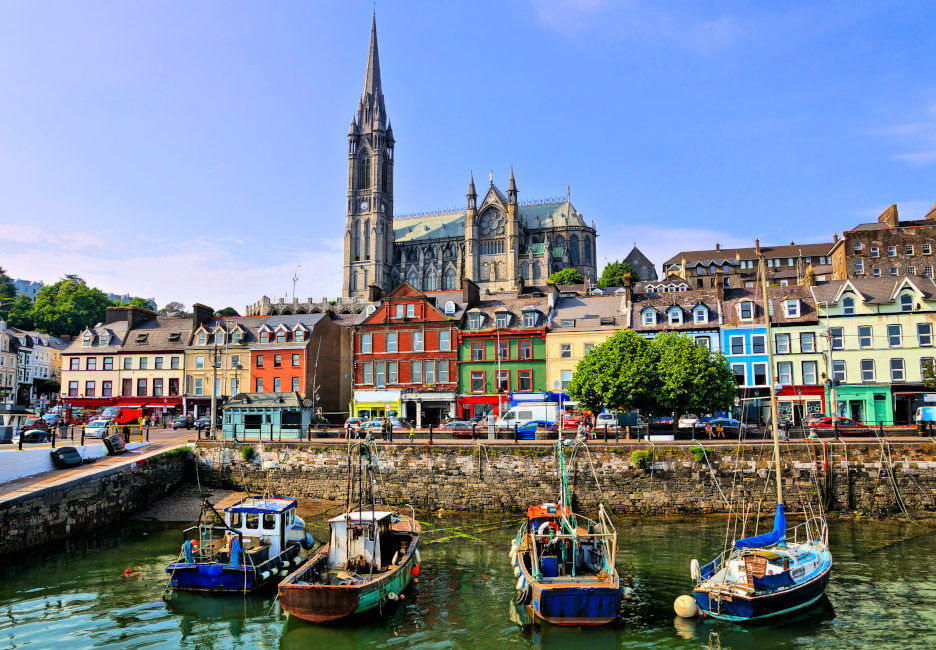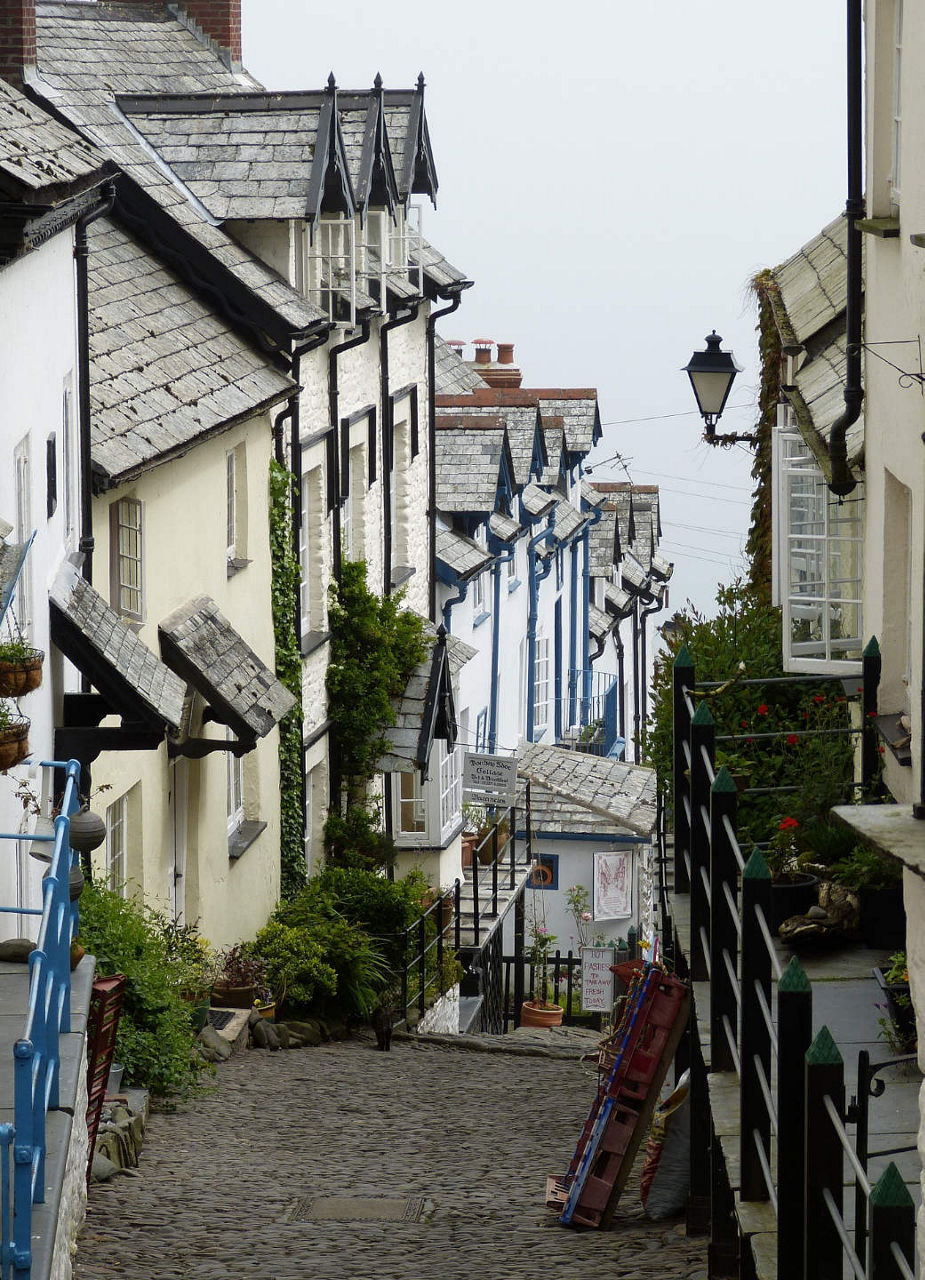
Castles, curses, and villains – Legends in the south of Ireland


Magical powers
Bleak and cold, hazy and dark, stormy and fierce... yes, that’s Ireland too. But that’s not all: There are green meadows with peacefully grazing sheep and cows, and sharp-edged cliffs where the waves of the Atlantic crash. And yet, despite all the roughness: The Irish people have a great imagination and delightful stories. Whether it be goblins or fairies, giants or magicians, white trout or ‘The Stone of Eloquence’ – the island is more legendary than any other spot on earth. Uncover the mysteries of the land, explore the most mystical places in Cork County.


The philosopher's stone
At first glance, Blarney Castle, a 20-minute drive from Cork, is a castle ruin like any other: grey stones as far as the eye can see, adorned with rambunctious ivy vines. Towers dot the landscape here and there, defying the passage of time, and the palace garden is, as it should be, mostly veiled in a misty haze. But those who embark on one of Ireland's most popular attractions will be captivated by a magical world: Whether it's the Dungeon below the surface, the Poison Garden with its rare poisonous plants or the Blarney Stone, which, according to legend, gives the gift of eloquence in return for a kiss – this place with enchant you. Maybe it’s because a real castle witch lives in the neighbouring forest ...


An island with many faces
Have you ever heard of the champion thief ‘Jack in the Box’? He revolutionised stealing in the 19th century. In order to access valuables on trains, he built a box that he could open from the inside, equipped it with air holes and snacks, and in this way managed to get hold of shimmering treasures in the baggage car unnoticed. This act sent him to prison, to Spike Island, the ‘Alcatraz of Ireland’, which, by the way, was not always a place for scoundrels like Jack: Once a monastery, then repurposed as a fortress in the 18th century, Spike Island is now a museum that recalls the many faces of the island from which no one ever escaped.


‘My heart will go on’ in Cobh
The tragedy is world famous: On 14 April 1912, the supposedly unsinkable ‘Titanic’ rammed an iceberg near Newfoundland and sank to the bottom of the ocean. A little known fact: Just three days before the accident, it docked in the port of Cork near the village of Cobh. 123 men, women and children boarded the ship for one last time. Today, the original White Star Line Ticket Office still stands in the town centre, also known as Queenstown, and takes curious visitors on a journey back in time aboard the ‘Titanic’ – an emotional tribute to the last passengers of the giant ship.


A defiant star
At first glance, it doesn't seem to fit at all in this idyllic place, Kinsale. Amidst the willows lies a veritable colossus of a fortress in the shape of a star – an ingenious idea of the architect William Robinson, which came to his mind in the 17th century to make the castle even more impenetrable. Charles Fort is not only surrounded by metre-high stone walls, but also offers an unobstructed view of the harbour and James Fort, its less well-maintained counterpart on the opposite side. After a day of exploring, visit the ‘Oscar Madisons’ pub in the city centre. It's well worth it for a nice pint of Guinness and the fantastic local atmosphere.


From prison to culinary pleasures
While you're in Kinsale, be sure to stop by Cork Street. Here lies Desmond Castle, the little sister of the infamous Tower of London, where Henry VIII, amongst others, had many of his enemies executed. If you’re unsettled by the central location of the prison tower in the middle of the city centre and need a good sip of Irish wine after the shock, you don't need to walk too far. The prison was closed in 1997 and today, quite surprisingly, it is home to the International Museum of Wine, where you can learn about the great history of Irish wine.
Header - Photo by janmiko on Adobe Stock
Paragraph 1 - Photo by MARIUS KASTECKAS on Getty Images
Paragraph 2 - Photo by Steve Allen Travel Photography on Alamy
Paragraph 2 - Photo by RM Floral on Alamy
Paragraph 3 - Photo by Ire DronePhotography on Adobe Stock
Paragraph 3 - Photo by Darren on Adobe Stock
Paragraph 4 - Photo by benstevens on Getty Images
Paragraph 4 - Photo by Boyan Dimitrov on Adobe Stock.
Paragraph 5 - Photo by carrigphotos on Adobe Stock
Paragraph 5 - Photo by Isabella on Adobe Stock
Paragraph 6 - Photo by Andrei Nekrassov on Adobe Stock
Paragraph 6 - Photo by Dulin on Getty Images

